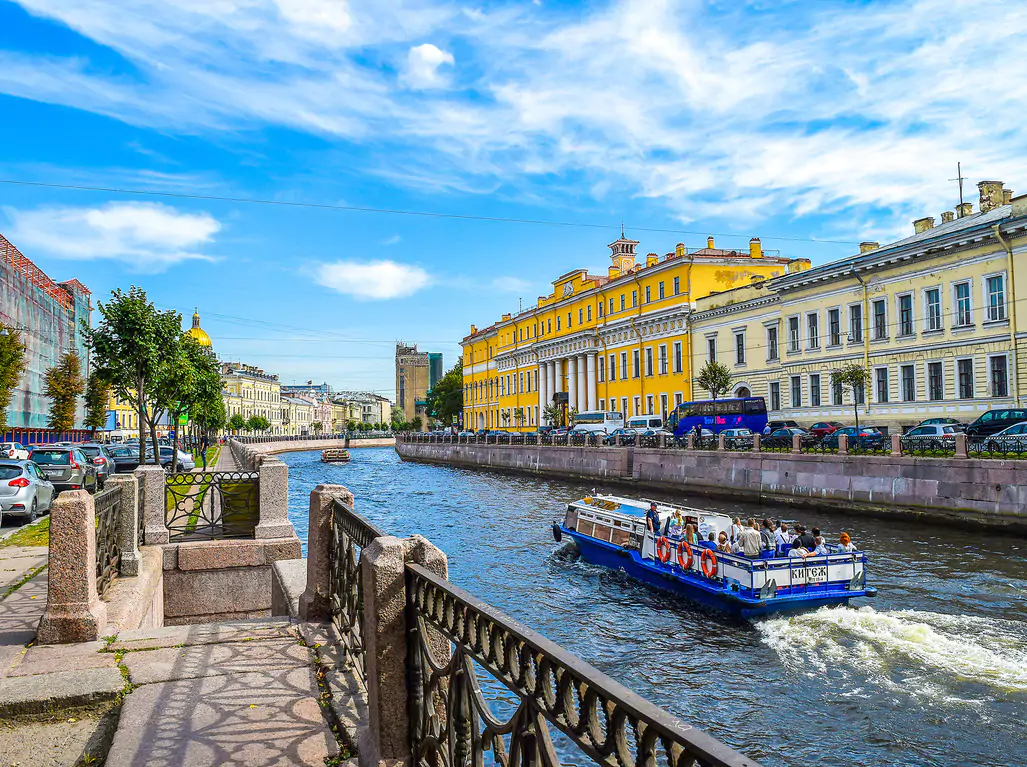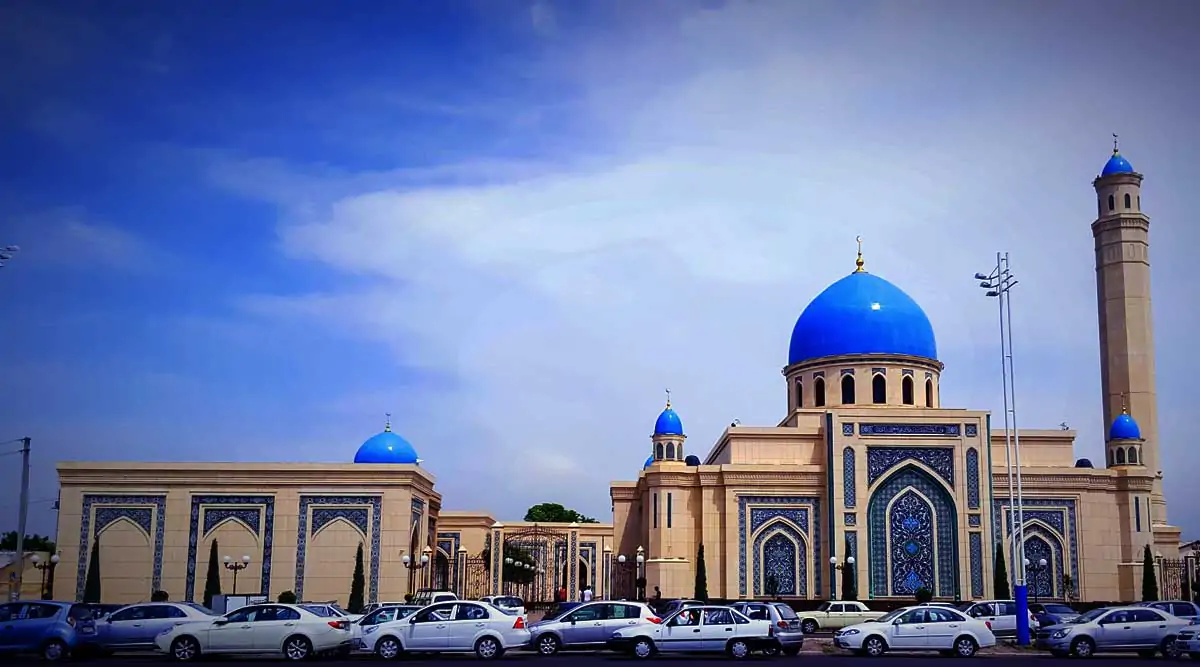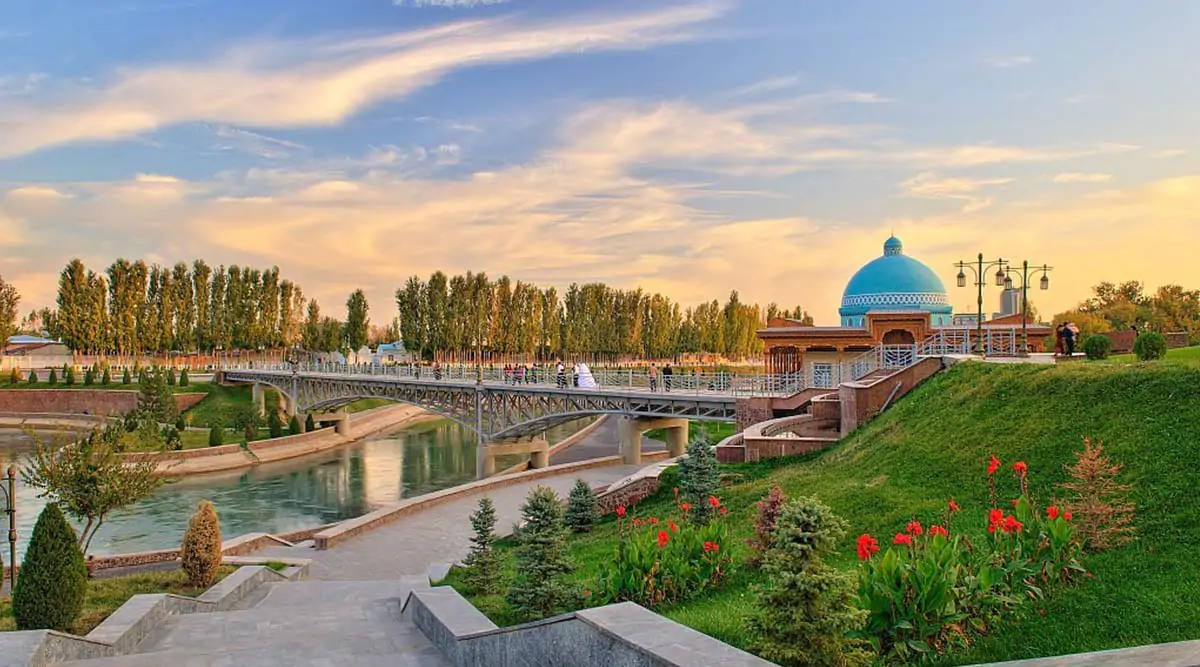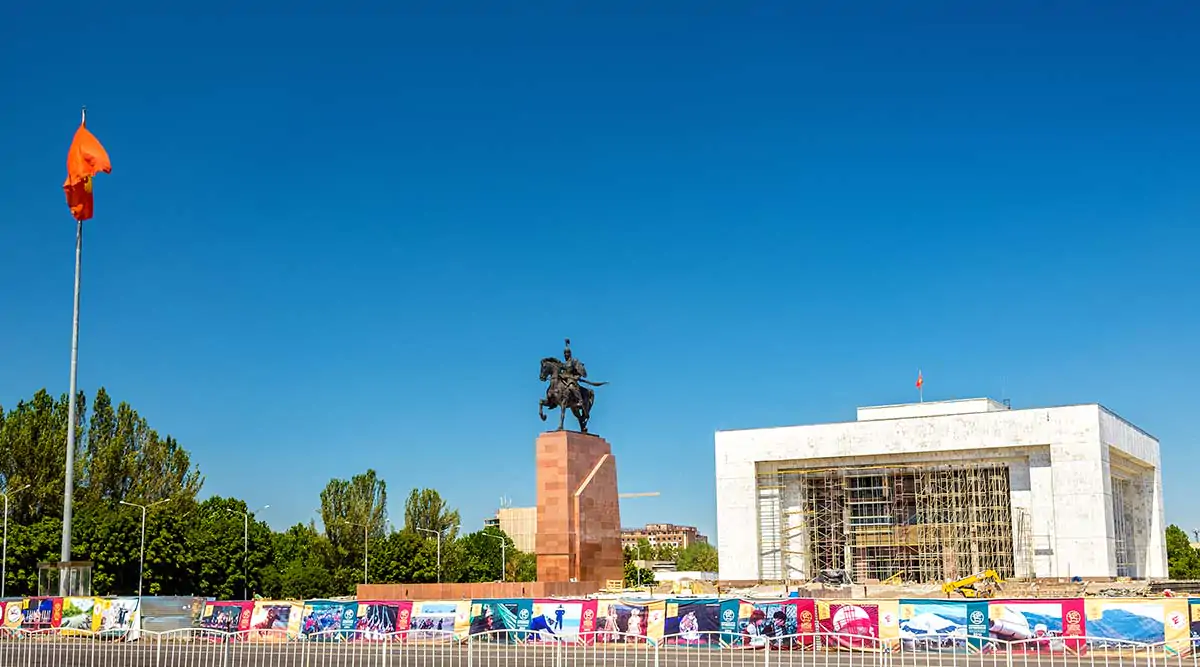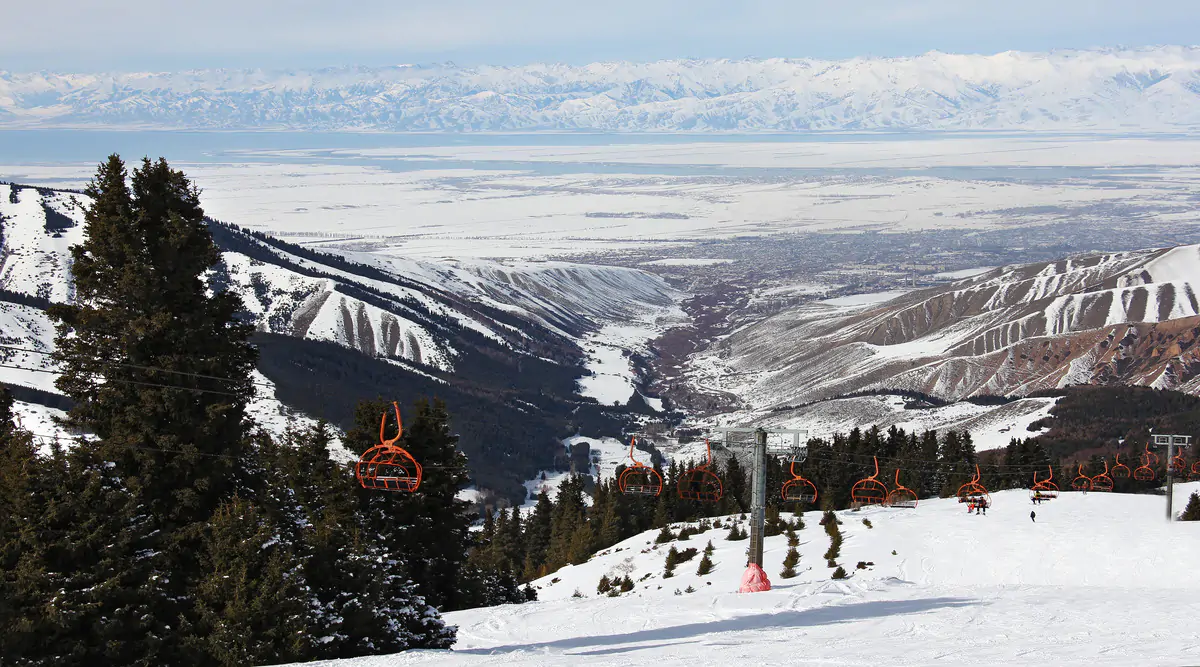Super Saver Russia Tour Package 5N/6D With Flight
Destination Details
Package Overview
Get best deal on Russia Tour Packages by Travels Mantra, one of the top destination management company in India. Russia is the largest nation of World and borders to European and Asian countries from Pacific to Arctic oceans. Its landscape ranges from tundra and forests to subtropical beaches. It’s famous for novelists Tolstoy and Dostoevsky, plus the Bolshoi and Mariinsky ballet companies. St. Petersburg, founded by legendary Russian leader Peter the Great, features the baroque Winter Palace, now housing part of the Hermitage Museum’s art collection.
ARRIVE MOSCOW BY FLIGHT
CITY TOUR RED SQUARE METRO EXCURSION
TRANSFER TO TRAIN STATION
CITY TOUR IN ST. PETERSBURG
Free Day For Leisure
- Return Eco Class Airfare in Direct Non-Stop Flight with Luggage of 23x 2pc Ex Delhi.
- 2 nights accommodation in Moscow. 3 nights accommodation in St. Petersburg.
- 5 Meals Breakfast at Hotel
- All transfers in Moscow & St. Petersburg based on pvt.
- Second class seats SAPSAN high-speed Train 1 way
- Guided city tour in St. Petersburg as itinerary
- Arbat street Excursion
- Guided city tour in Moscow as itinerary
- Metro Excursion with Whisper electronic system.
- One bottle daily water per person during the days of excursion.
- Visa Invitation Letter
- Registration fee at hotels
- English speaking Guide
- Medical insurance.
- Alcohol beverages.
- Extras in the hotel and during the excursions.
- Tips and gratuities;
- Any other services that are not shown in the list of inclusion above.
- Entrance to Sites;
- 5% GST+5% TCS Extra
Travel Guide
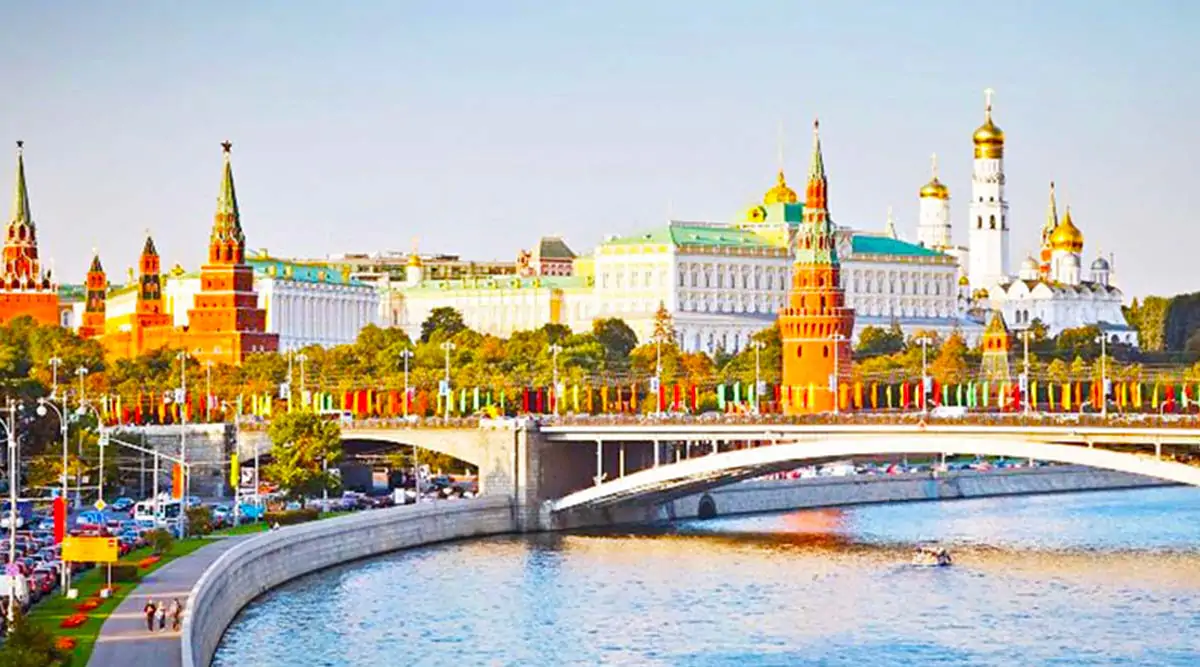
- Russia
- Moscow
- 17.1 MILLION KM²
- 34°C, WIND
- 4:10 PM
- RUSSIAN RUBLE
- RUSSIA, BELARUS,
- 143.5 MILLION
General Information About Russia
Russia, the world’s largest nation, borders European and Asian countries as well as the Pacific and Arctic oceans. Its landscape ranges from tundra and forests to subtropical beaches. It’s famous for novelists Tolstoy and Dostoevsky, plus the Bolshoi and Mariinsky ballet companies. St. Petersburg, founded by legendary Russian leader Peter the Great, features the baroque Winter Palace, now housing part of the Hermitage Museum’s art collection.

Tradition says the Viking Rurik came to Russia in 862 and founded the first Russian dynasty in Novgorod. In the course of the 9th century, Viking tribes from Scandinavia moved southward into European Russia, along the main waterway connecting the Baltic and Black Seas capturing innocent Slavic girls, women, and men, and then selling them into slavery to money-greedy merchants from Greek and Arab empires.
The various Eastern Slavic tribes were eventually united first under descendants of Vikings by the spread of Christianity in the 10th and 11th centuries; Vladimir “the Saint” was converted in 988. During the 11th century, the grand dukes of Kiev held such centralizing power as existed. In 1240, Kiev was destroyed by the Mongols, and the Russian territory was split into numerous smaller dukedoms. Early dukes of Moscow extended their dominion over other Russian cities through their office of tribute collector for the Mongols and because of Moscow's role as an administrative and trade center.
The Mongol Empire stretched across the Asian continent and Russia was put under the suzerainty of the Khanate of the Golden Horde. The next two centuries saw the rise of Moscow as a provincial capital and centre of the Christian Orthodox Church. In the late 15th century, Duke Ivan III acquired Novgorod and Tver and threw off the Mongol yoke. Ivan IV—the Terrible (1533–1584), first Muscovite czar—is considered to have founded the Russian state. He crushed the power of rival princes and boyars (great landowners), but Russia remained largely medieval until the reign of Peter the Great (1689–1725), grandson of the first Romanov czar, Michael (1613–1645). Peter made extensive reforms aimed at westernization and, through his defeat of Charles XII of Sweden at the Battle of Poltava in 1709, he extended Russia's boundaries to the west. Catherine the Great (1762–1796) continued Peter's westernization program and also expanded Russian territory, acquiring the Crimea, Ukraine, and part of Poland. During the reign of Alexander I (1801–1825), Napoléon's attempt to subdue Russia was defeated (1812–1813), and new territory was gained, including Finland (1809) and Bessarabia (1812). Alexander originated the Holy Alliance, which for a time crushed Europe's rising liberal movement. Alexander II (1855–1881) pushed Russia's borders to the Pacific and into central Asia. Serfdom was abolished in 1861, but heavy restrictions were imposed on the emancipated class.
Revolutionary strikes, following Russia's defeat in the war with Japan, forced Nicholas II (1894–1917) to grant a representative national body (Duma), elected by narrowly limited suffrage. It met for the first time in 1906 but had little influence on Nicholas.
Moscow
Moscow is conveniently sited in the centre of Russia’s European part where the rivers Moskva and Yauza cross the Central Russian Plateau. Moscow is a capital of the Russian Federation. Moscow is one of the biggest cities in the world. It occupies the area of 1035 square kilometres. Moscow has more than 5.000 streets. The population is about 9 million people, plus more than three million tourists and guests coming annually. Climate is moderate. Moscow is a unique city, its architecture combines the features of Oriental and Western cultures. The Moscow museums preserve invaluable treasures, including unique collections of Russian and foreign art and material culture. Currently, in Moscow there are more than 80 museums.
St.Petersburg
The second largest city (after Moscow) in Russia. St.Petersburg has played a vital role in Russian history. Founded as St.Petersburg by Peter the Great in 1703, it was for two centuries the capital of the Russian Empire (1712-1918). St.Petersburg is divided by distributaries of the Neva River into four sections: the Admiralty Side, Vasilyevsky Island, the Petrograd Side, and the Vyborg Side. St.Petersburg displays a remarkable richness of architecture that includes the cathedral of the Peter-Paul Fortress, the Summer Palace, the Winter Palace, the Smolny Convent, the Vorontsov and Strogonov palaces, the Kazan and St.Isaacs Cathedrals, the Smolny Institute, the new Admiralty, and the Senate. Music, ballet, and theatre enjoy a long and continuing tradition in the city.
Suzdal>
Northeast of Moscow, town in the Vladimir oblast, one of the most celebrated tourist attractions in Russia, famous for its abundance of historic architectural features, including such marvels as the Cathedral of the Nativity of the Mother of God (built in the 13th century), the St.Euphymius Cathedral of Our Savior (16th-17th centuries), the Cathedral of the Deposition of the Veil (16th-19th centuries), the Protection Cathedral (15th-18th centuries), and monasteries and churches of the 17th and 18th centuries. The ancient Russian town of Suzdal is about 1000 years old. Its architectural monuments have been shortlisted by UNESCO as international cultural heritage. Today it is a huge open-air museum.
Sochi
With the Caucasus mountains as its backdrop, Sochi is a wonderful Russia’s resort at the Black Sea. With its subtropical climate, warm sea and adjoining modern resort complexes, Sochi has long attracted heads of state, foreign tourists and Russians alike. Sochi has dozens of hotels, tourist centres, and campsites and more than 50 sanatoriums. Its streets and gardens are filled with exotic subtropical trees and shrubs. There are picturesque waterfalls, hilltop views, mineral springs and alpine vistas to enjoy.
Volga
To experience Russia only from the land, however, is to miss a central feature of its character, for river travel has always stood at the heart of Russian life. The main artery of the Russian heartland has always been the 3700km-long River Volga (Europe’s longest river), which slowly meanders from Yaroslavl, north of Moscow, all the way down to Volgograd, from where a tributary runs off to the Caspian Sea. The Volga-Don Ship Canal links it with the River Don, bound for the Azov Sea. Cruisers and steamships ply the Volga’s waters, the most interesting section is between Volgograd and Rostov-on-Don.

People & Culture
Russia is a combination of multiple ethnic groups and cultures. Some of the people are from European countries and some of from Asia that clearly reflects the cultural differences. Russian culture begins from the East Slavic people who occupied Russia in the beginning and ruled over it. Most of the Russian ethnic groups were recognized as Great Russian which originated from the society of ancient Russia. There is a combination of different communities such as- Belorussians and Ukrainians who have different norms, values and cultures.
Russia is an amazing in itself due to its geographical location. It is situated in both continents such as- Europe and Asia. Therefore, it is the collection of countries with varieties of cultures. Russia is occupied by about 141.9 million people and most of the people are from Russian ethnic groups which is about 79.8%, Some of the people were migrated from different countries such as 3.8% from Tatar, 2% from Ukrainian and 14.4% from other ethnic groups those are from European and Asian countries. Most of the Russian people from European continent speak Slavic language as their native language and Indo-European language is also used in different parts of Russia as Russian language. But there are more than 140 regional languages and dialects according to geographical diversity.
Russia is a true mixture of European and Asian culture. Russia has its own history in different aspects such as in nature, culture, religion and economy. Most of the Russian adopt Orthodox Christian as their religion but there are many religions such as Islam, Buddhism, Judaism which keep distinct importance in the history of Russia. Most of the Russian people engage in Service sectors which is about 58.1% of total work forces. Apart from this, about 31.9% people are engaged in industrial sectors, 10% in agriculture sectors. Russia is the largest country in the world as well as culturally one of the richest countries that will introduce Russia as one of the Amazing destinations of the world. Russia will add natural and cultural fun with warm- cheer people.
When to go
Early summer and autumn are many people’s favourite periods for visiting Russia. By May the snow has usually disappeared and temperatures are pleasant, while the golden autumnal colours of September and early October can be stunning. July and August are the warmest months and the main holiday season for both foreigners and Russians (which means securing train tickets at short notice can be tricky). They are also the dampest months in much of European Russia, with as many as one rainy day in three. In rural parts of Siberia and the Russian Far East, May and June are peak danger periods for encephalitis - carrying ticks, though June and July are worse for biting insects. By September the air has cleared of mosquitoes. Winter brings the Russia of popular imagination to life. If you’re prepared for it, travel in this season is recommended: the snow makes everything picturesque, and the insides of buildings are kept warm. Avoid, though, the first snows (usually in late October) and the spring thaw (March and April), which turn everything to slush and mud.
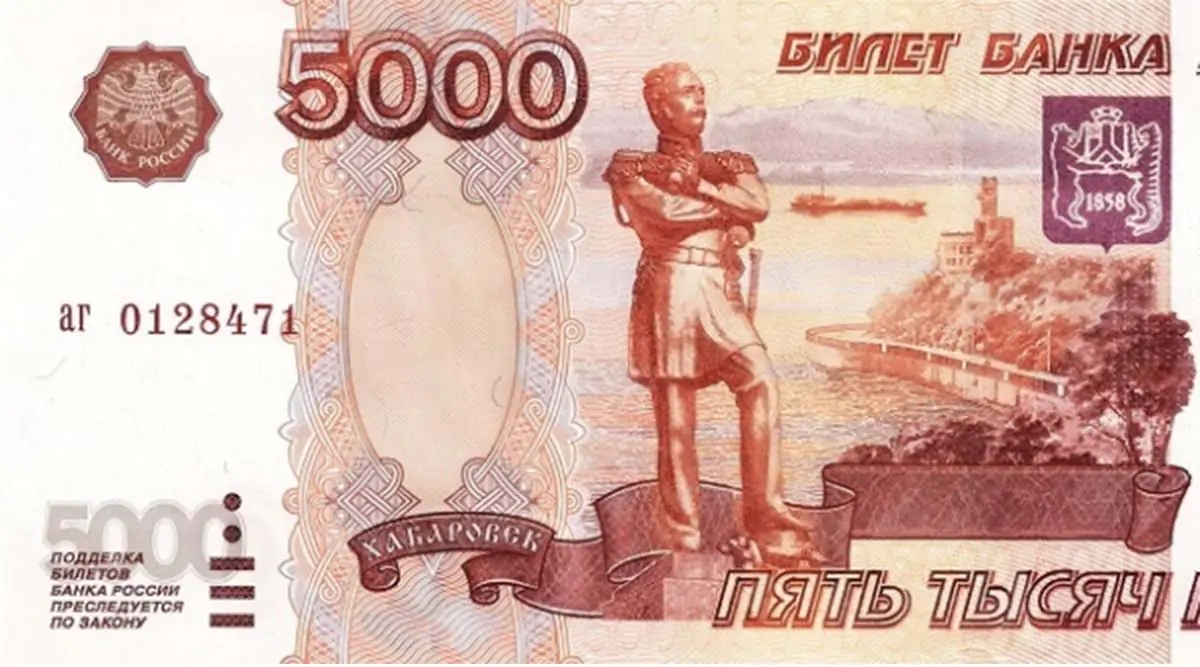
Chronical Of Russian Money
Russian Ruble is the official currency of Russia. It is also used as a medium of exchange in many former soviet republics. Russian ruble is one of the world's oldest currencies. It appeared in 15th century during the so-called Silver Bum. At the time, Russian coins were made of silver. Soaring demand for silver across continental Europe resulted in growth of value of Russian silver coin to a point when they were no longer useful for purchases. People started splitting coins in halves. Russian word for "split" or "cut" is "rubit" and the half coins were called rubles.
Even though Russian coins no longer come in halves, the name stuck on. During the czar rule Russian rubles were one of the worlds highly valued currencies as they were backed by serious stockpiles of gold. During the Bolshevik revolution, most of that gold was shipped out of Russia, so the Soviet ruble's did not have much value. It did not matter anyway as the Soviet rules kept fixed rate of ruble. In 1993 Russian government has removed price fixing, but it continues to intervene into currency markets to keep the value of ruble at a lower rate than it actually is to stimulate Russian export producers. Democratic revolution of 1991 led to abandonment of price fixing.
"The shock therapy" resulted in immediate plunge of national currency as former soviet republics continued to print Russian rubles and exchange them for Russian goods creating inflation in Russia and devaluing its currency. Inflation was as high as 1000% per year! By mid 90s Russian authorities announced that they would no longer allow now formally independent countries to print Russian national currency. Russian ruble grew steadily until 1998 when the Asian financial crisis moved on to Russia. Value of ruble dropped four times overnight and has not changed ever since.
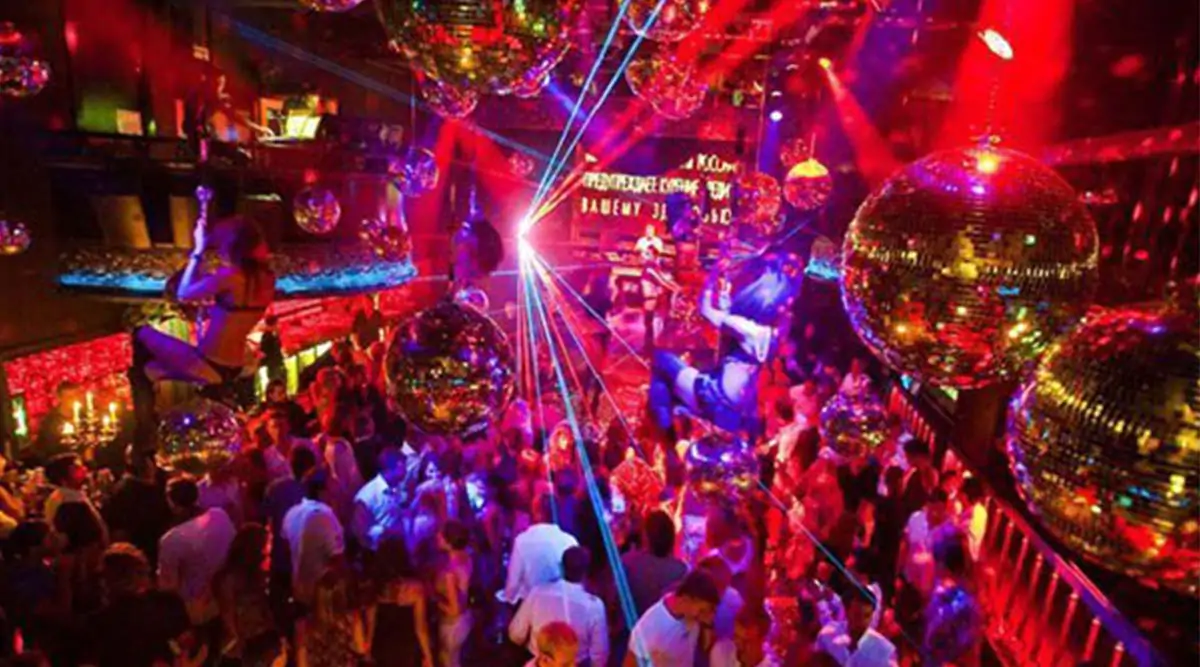
Nightlife Of Russia
The nightlife in Russia is hard to beat. The locals love to party. Those parties can get out of control at times so it’s a good idea to pick nightspots that are well known. Travel in pairs or in a group to enjoy the nightlife. Nightlife in Russia is something to lookout for. Absolutely mind boggling and exhilarating, as night falls in Russia gear up for a heavenly experience. There is lot to do in the evenings and through the night you may even go touring around and visit the major cities in Russia. Russia’s nightlife comprises outings to the theatre, gyrating in the ultra modern discotheques, relaxing in a park or chilling out at a nightspot or bar. Russia Tours will enable you to experience the grand marble palaces, rich culture and the great vodka of the country. Nightlife in Russia is very trendy and of international standards. There are many nightclubs and dance clubs scattered in Russia. Nightlife in Russia will enable you to shake off your tiredness and stress at the end of the day. Each city of Russia is its own charm of night. The best nightlife is that in the cities of St. Petersburg and Moscow. Many malls remain open during the night which means that you can double your fun by shopping in the wee hours of night. If you are a female traveler, make sure you are accompanied by a male companion to prevent unwanted attention. Famous Russian night clubs are following
:Kitaiskii Liotchik Dzhao Da
For the tourists and travelers in the beautiful city of Moscow, the Kitaiskii Liotchik Dzhao Da offers live music along with a comparatively cheap food and drinks. Here, you will get to listen to all kinds of Russian music.
Golodnaia Utka
This is likely the most famous bar in Russia and it is very popular with Russians and foreigners alike. The place has 2 dance floors, where you can dance endlessly. The Hungry Duck is known for its late night striptease shows.
Casino Royale
The Casino Royale offers 14 slot machines, as well as Baccarat, Blackjack, Mini-Baccarat, Roulette and Stud Poker for its guests to come and enjoy. There is also a bar and a restaurant on-site.
Le Club
The place is one of Moscow’s premiere live jazz, blues and rock and roll clubs. The club remains crowded with people of all age groups and local bands and all manner of musicians visit this club on a regular basis. The dining area specializes in pan-European cuisine; from noon to 4 pm. A business lunch menu offers a choice of thirty dishes for you to feast on.
Il Pittore
The ground floor of the Il Pittore is a cafe that serves delicious Italian cakes and pastries, while the first floor is a restaurant. The walls are covered in colorful murals, which depict Venetian scenes. Tourists will get delicious Parma Ham and Melon and Vegetable Millefeuille. The pasta course includes the tasty Spagehetti Del Pittore. As part of the Nightlife in Russia, you can enjoy in the pulsating and vibrant live music clubs. There are various categories of Live Music Clubs like, Alternative, Electronic and Rock and Pop. There are many Jazz and Blues Clubs, which serve as the best places to go out for a good jazz or blues concert and to meet nice people. JFC Jazz Club is a good place to be in.
Language Of Russia
The Language Of Russia is estimated on 150 million population, it is thought that over 80% speak the official language of Russian as their first and only language. Most speakers of a minority language are also bilingual speakers of Russian. There are over 100 minority languages spoken in Russia today, the most popular of which is Tartar, spoken by more than 4% of the country's population. Other minority languages include Ukrainian, Chuvash, Bashir, Mordvin and Chechen. Although few of these populations make up even 1% of the Russian population, these languages are eminent in key regional areas.

Medea Spa Hotel
Moscow
Druskininkai 66251, Lithuania The hotel features 19 stylish apartments which are a modern, spacious and comfortable home away from home. All rooms are furnished with modern furniture, soft mattresses, free Wi-Fi, flat screen TVs, and other pleasant surprises. Each room has a private bathroom with a bathtub or shower, and some even feature a Jacuzzi. Most of the apartments have private kitchens and other amenities that are not offered at other hotels in Druskininkai, making them ideal for families with children.
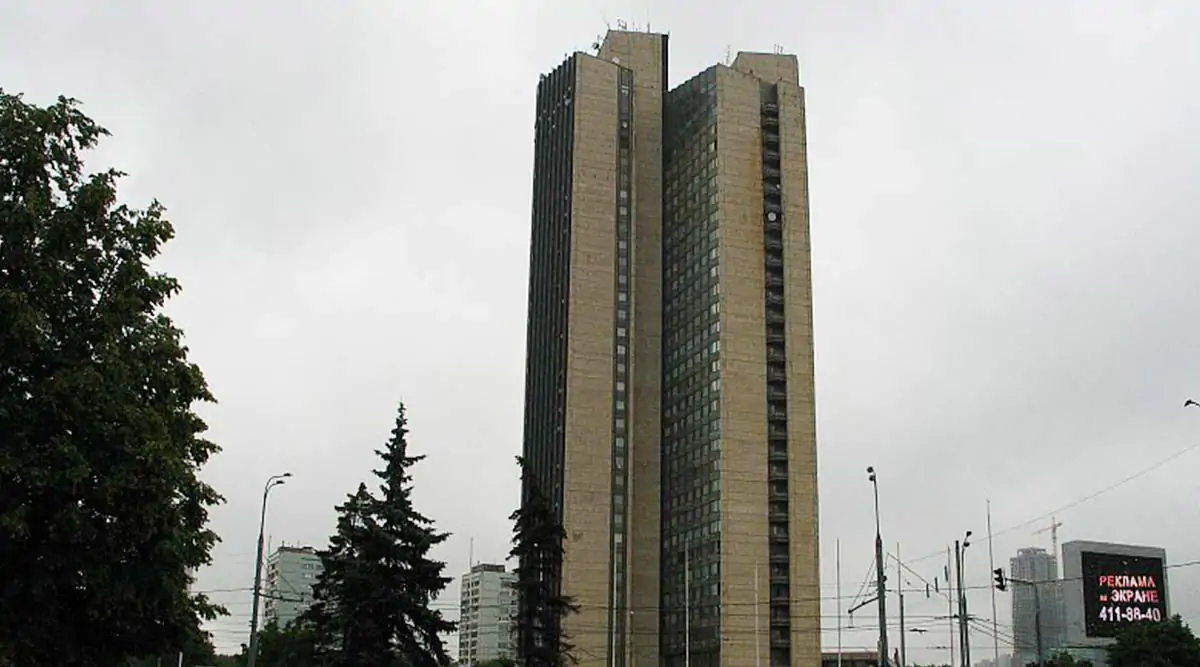
Hotel Astrus
Moscow
Moskva, Russia Astrus Hotel is one of the largest and most comprehensive services hotels of the Russian capital. It is located in one of the most prestigious and green districts of Moscow - “Troparevo-Nikulino” which gives our guests an advantage of staying in ecologically safe area while having easy access to main business and cultural centers of the megapolis. The hotel is located in about half-an-hour drive from the Vnukovo and Sheremetievo International Airports and the Kievsky Railway Station.











